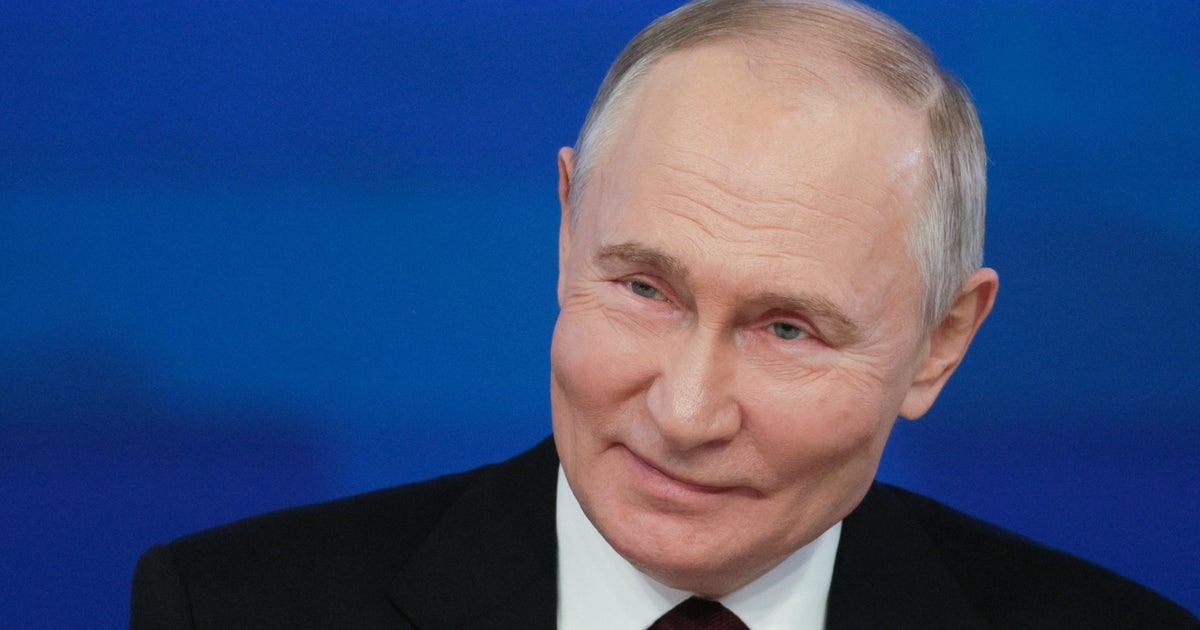What to know about the secret computer system in the White House and the president's calls
That the White House acted to "lock down" records of President Trump's call with Ukrainian President Volodymyr Zelensky was one of the most prominent allegations to emerge from the whistleblower complaint released this week.
According to the complaint, White House officials were "directed" to remove the electronic transcript from the computer system where such documents are usually stored "for coordination, finalization and distribution to Cabinet-level officials."
Instead, the whistleblower wrote, "[T]he transcript was loaded into a separate electronic system that is otherwise used to store and handle classified information of an especially sensitive nature." This system is different from the one typically used to store transcripts of calls between Mr. Trump and foreign leaders.
A senior administration official told CBS News the transcript was moved to the computer system at the direction of National Security Council attorneys.
Here's some background on how calls between the president and world leaders are held and on the secret computer system in the White House where the whistleblower alleges the call with Zelensky was stored:
How calls between the president and foreign leaders are conducted
The former acting NSC senior director for Russia, Jeff Edmonds, who served in the Obama administration and the early months of the Trump presidency, described to CBS News how calls between the president and foreign leaders transpire and how they're memorialized. His observations are represented below.
During calls, an interpreter and NSC staff listen and take written notes. Afterward, the interpreter documents as much of the call as possible, offering as close to a verbatim account of the conversation as possible. NSC staff who also listened to the call add to the interpreter's notes. Their goal is to produce a document that is as close to a word-for-word account as possible.
Leaders almost always speak through translators. If Mr. Trump were talking with Russian President Vladimir Putin, for instance, Mr. Trump would speak, and then it would be repeated in Russian by the U.S. interpreter. Then, when Putin responds, the U.S. side would be listening to Putin's interpreter.
A final document like the one released this week is then filed for archival purposes. It is not distributed among White House staff or agencies unless there is a pressing need for others to know. Cabinet officials may be given access. Generally, the national security adviser would have to agree to share it outside of the small group of White House and NSC staff on the call. Occasionally, a senior official on the call might share a verbal readout with parties who need the information like the State Department.
After the contents of Mr. Trump's call with the Australian prime minister was leaked in 2017, the White House changed protocol, tightening access to call records.
The secret computer system
The secret computer system reportedly used to store the details of the Ukraine call does not have a name, a former National Security Council (NSC) official explained to CBS News. It is controlled by the NSC's intelligence directorate and was designed to store the nation's biggest secrets, including, for example, the plans for the Osama bin Laden raid before it happened.
The intended use for the system is to protect covert intelligence and sensitive military operations.
The system is "walled off" and not connected to any other network and the average NSC staffer would not have access to it. This official — who served in the Obama era — says not even the national security adviser had access to this system in the last administration. At that time, the source says, it was only accessible to about five people at most.
As a general matter, when it comes to calls between the president and other foreign leaders, the source said that all transcripts are typically stored on a top-secret system at first — since any conversation with a leader could drift quickly into classified matters — but are then rather quickly downgraded as needed for distribution to a broad group of people.
A senior administration official said the summary of the Ukraine call was handled "appropriately."
Fin Gomez contributed reporting



